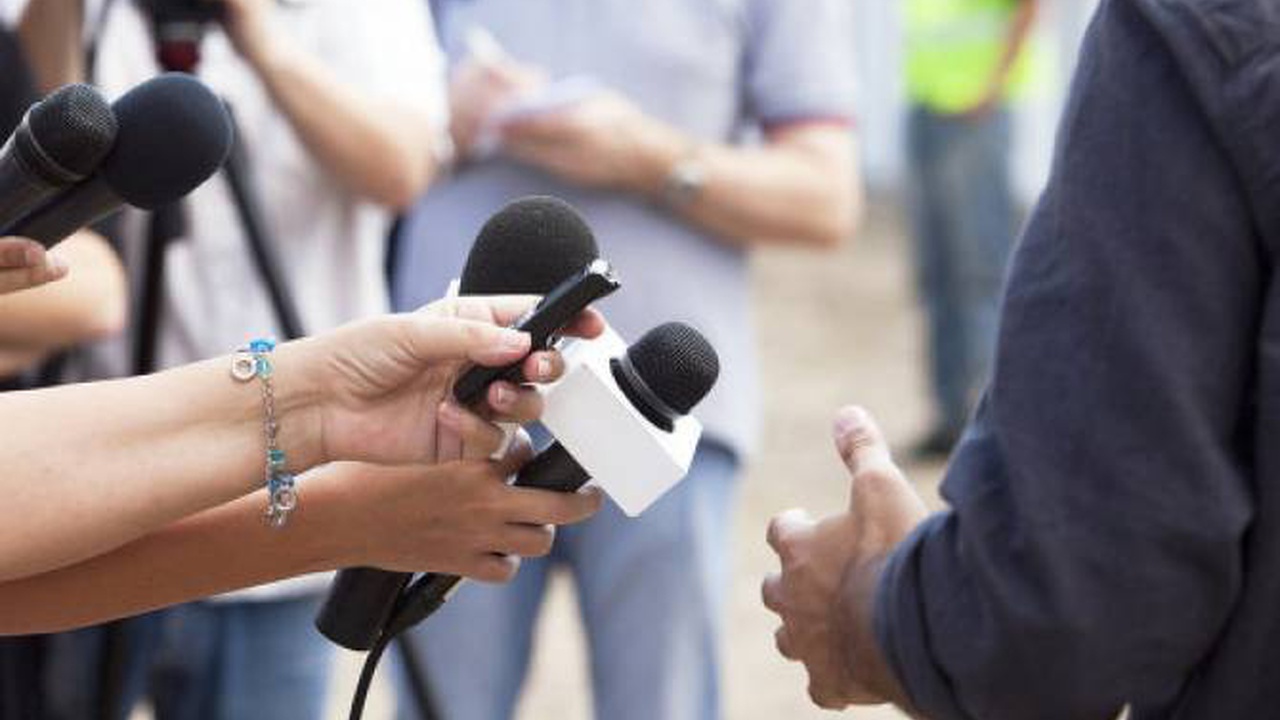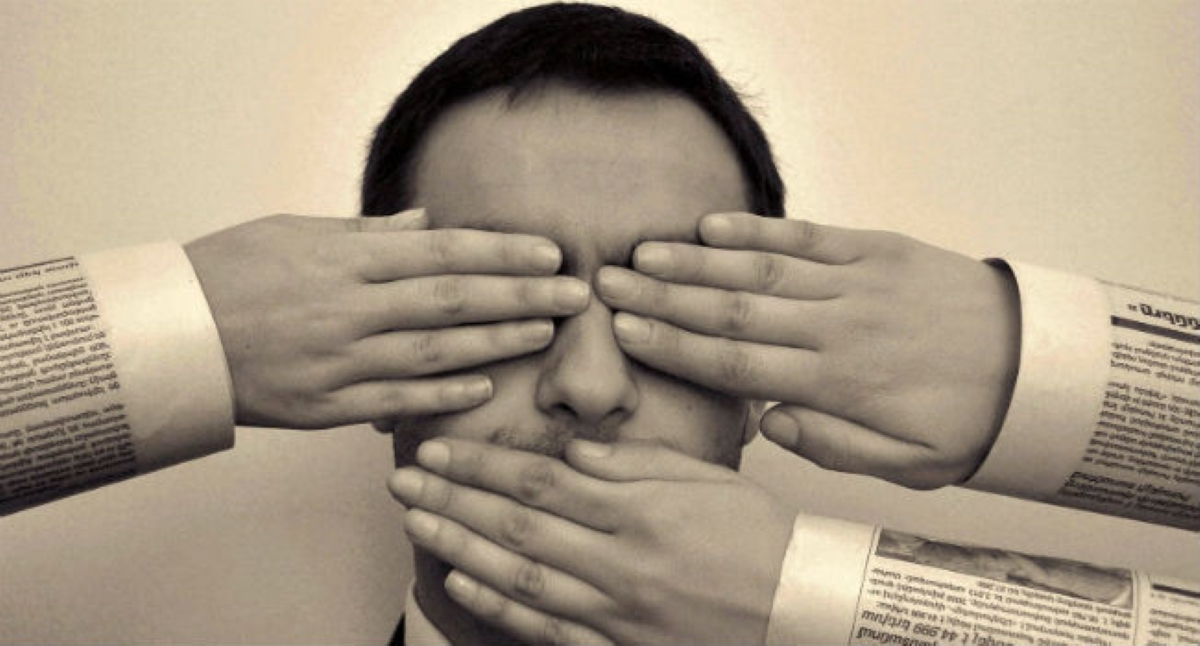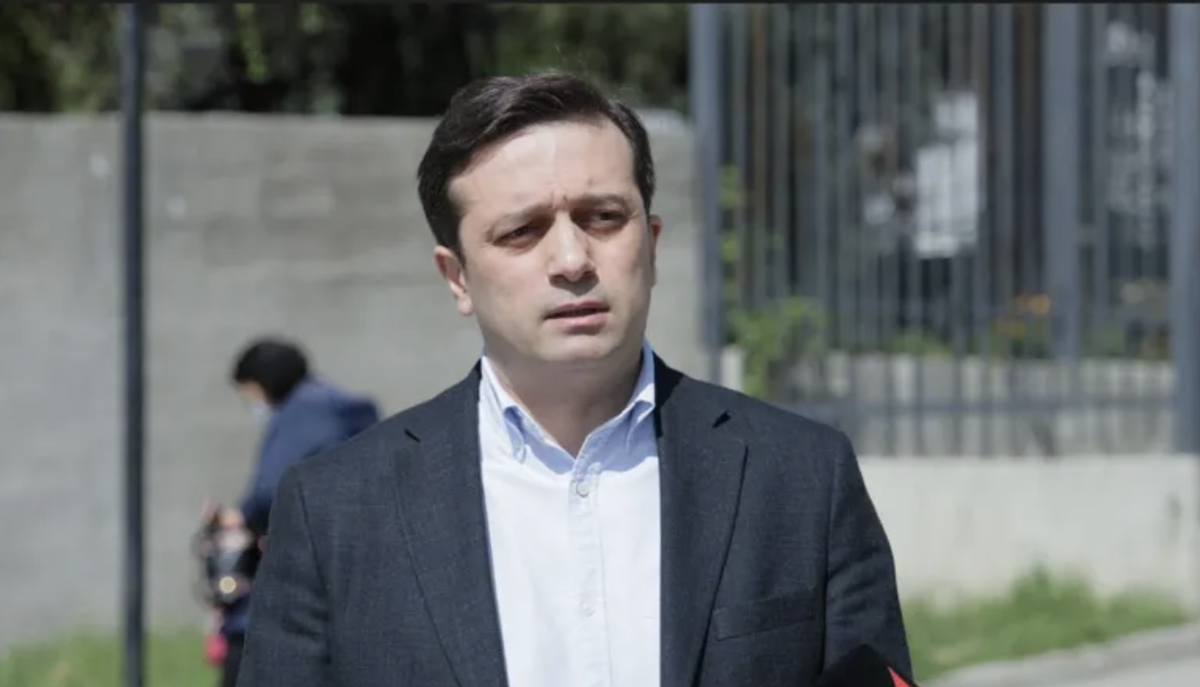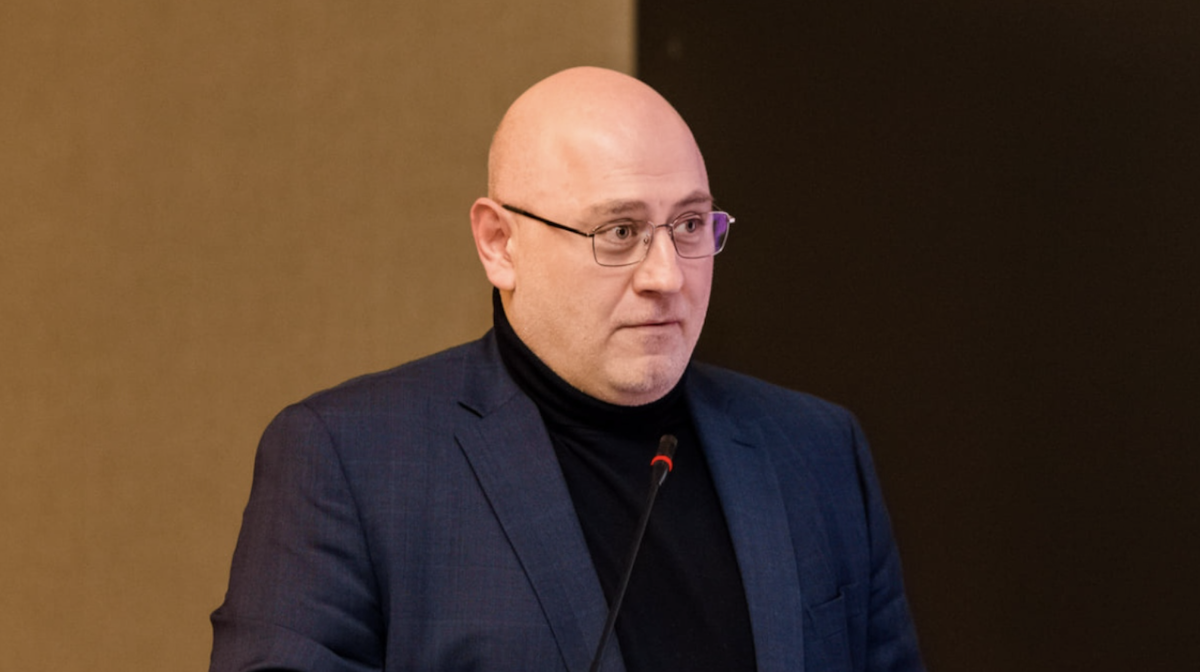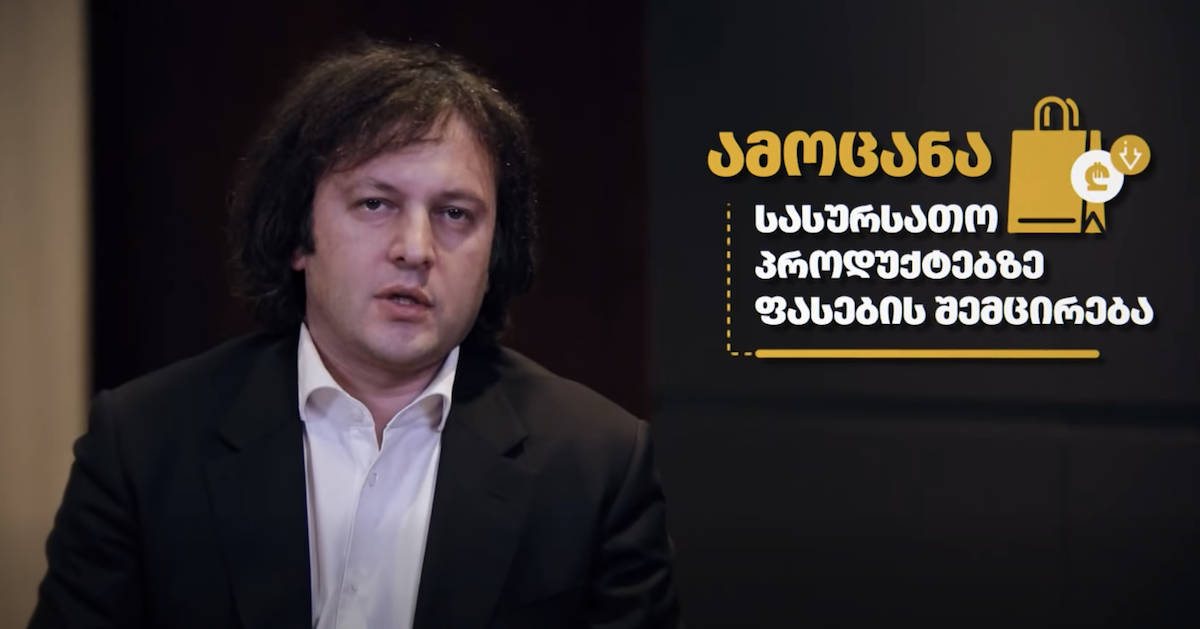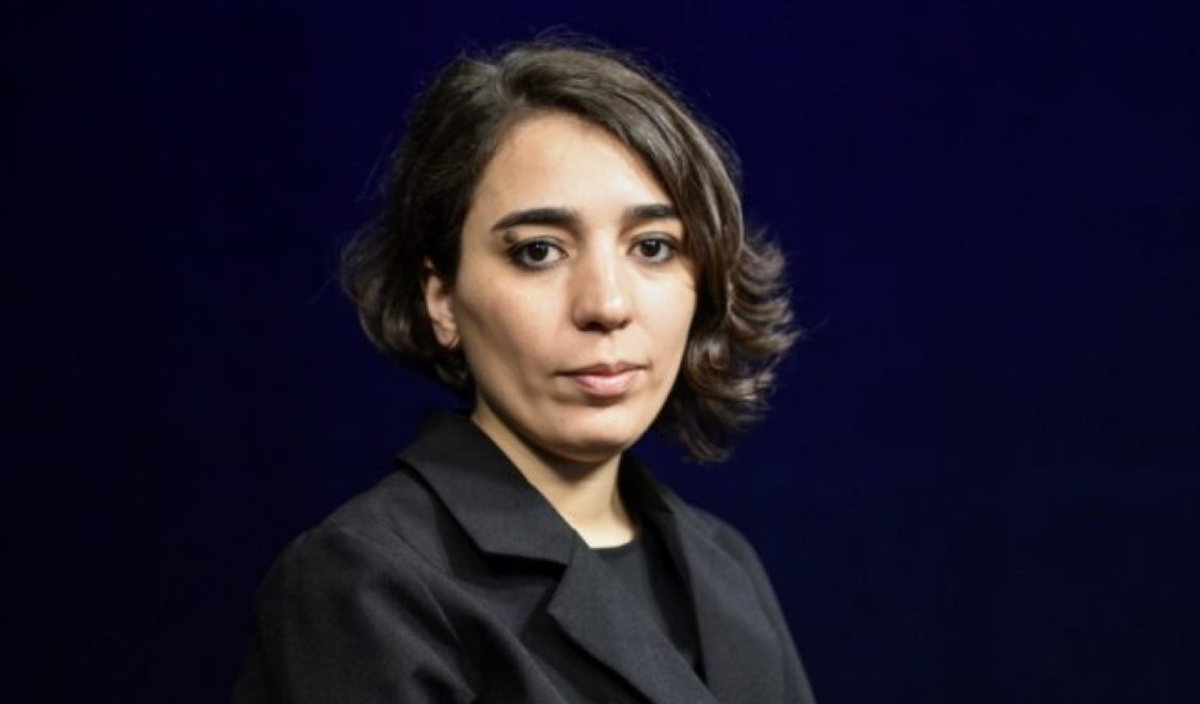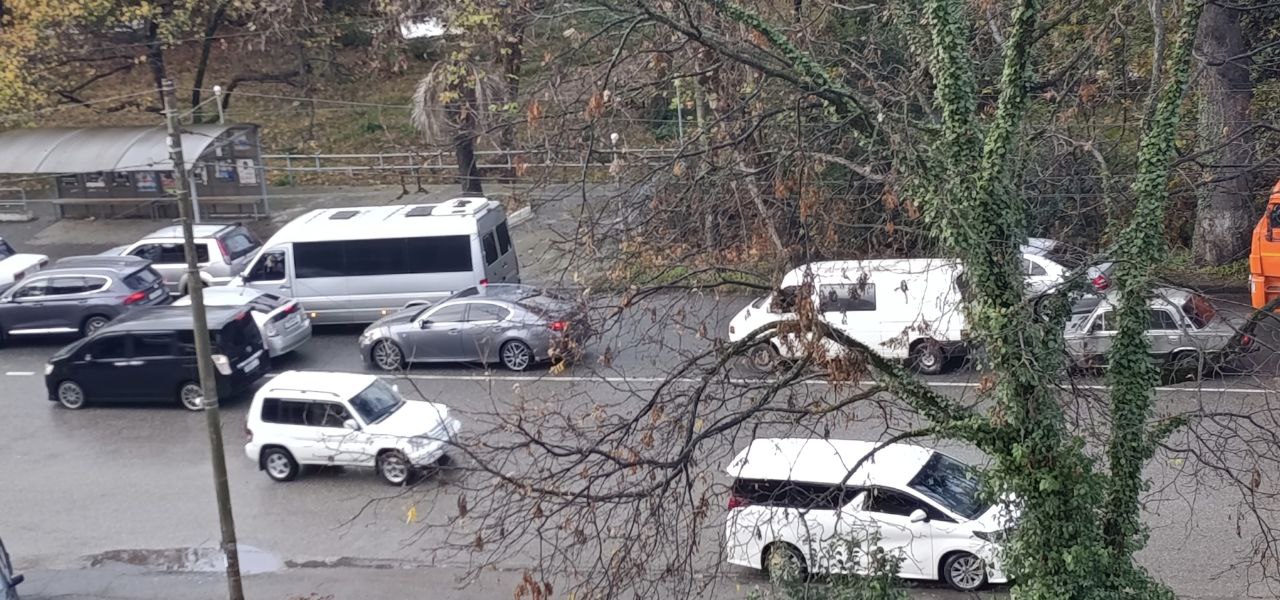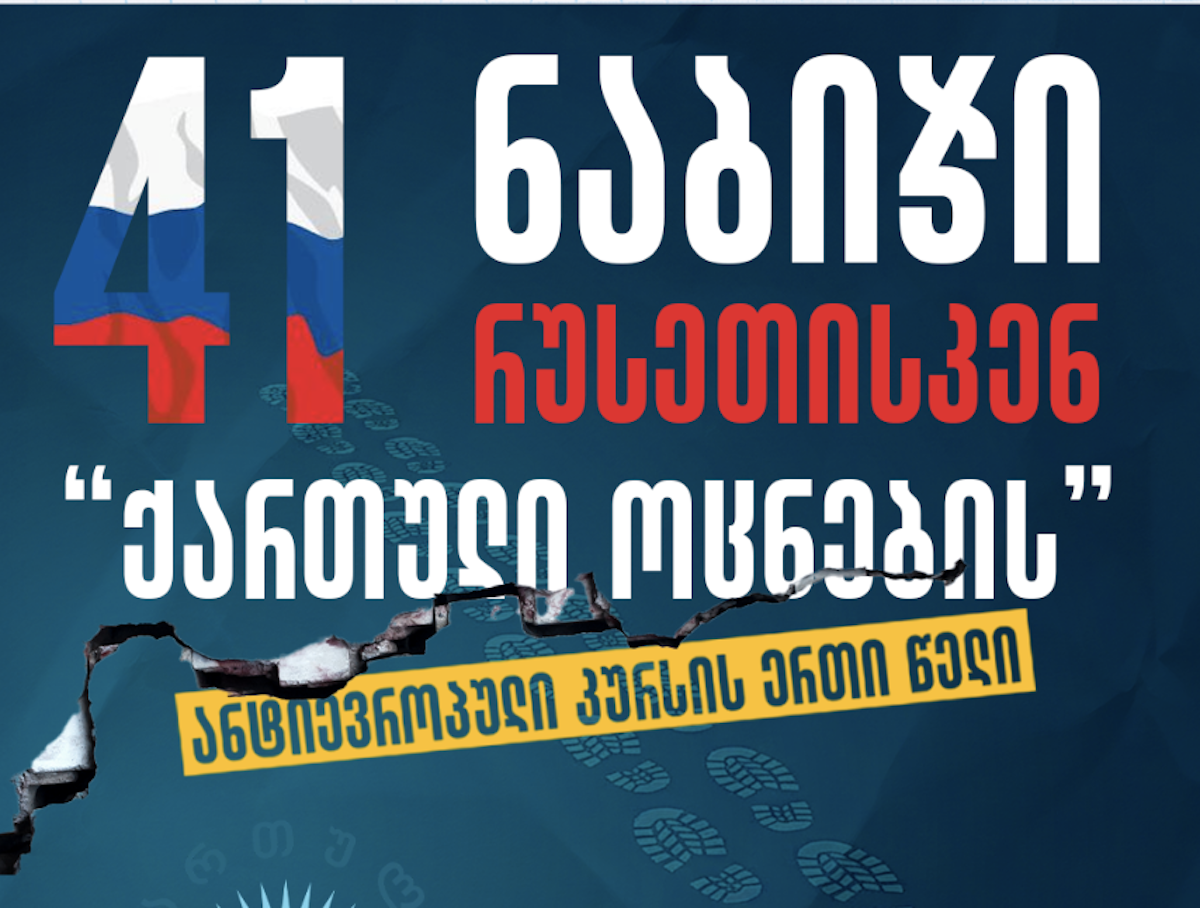‘There are no taboo topics’: Expert analyzes the media situation in Armenia
Problems in Armenia’s media
“The most serious problem in Armenia’s media sphere is the normalization of hate speech, the spread of defamation, and fake news,” stated Ashot Melikyan, chairman of the Committee for the Protection of Freedom of Speech.
The expert also shares the assessment of international organizations such as Amnesty International, Freedom House, Reporters Without Borders, and the U.S. Department of State, that media in Armenia continues to be polarized. Against this backdrop, he sees one positive aspect: the media landscape is so diverse that all opinions and positions can be heard.
“There is no topic that is taboo, and no one is prevented from expressing their views on any platform,” asserts Ashot Melikyan.
- “It was an attempted coup” – Political analyst on the actions of the protest movement in Armenia
- Opposition in Armenia now demands the resignation of the government, not just prime minister
- “EU decisions open new opportunities for Armenia”: a comment from Yerevan
Fewer violations of the right to access and disseminate information
In the first quarter of 2024, 41 violations of the right to access or disseminate information were recorded. However, from April to June, only 19 such violations were registered. According to Melikyan, this is the only good news.
The expert attributes the decrease in these violations to a period of active street protests in the country. The protest movement “Tavush for the Sake of the Homeland” and its supporters demanded the resignation of the prime minister. Melikyan believes that the media were preoccupied with covering the protests and did not send requests to government agencies. He also suggests that the improved performance of press secretaries and government-organized discussions had a positive impact.
“The old problems of unjustified refusals by government agencies to provide information or unclear responses to requests from journalists or editors remain,” stated the media expert.
He recalled the situation with requests to the Ministry of Internal Affairs (MIA) about what special measures were used by the police on June 12 during a protest organized by the “Tavush for the Sake of the Homeland” movement.
“First, the MIA requested 30 days to respond. After 30 days, they said that a case had been initiated by the Investigative Committee regarding those events and redirected the question to the Investigative Committee,” Melikyan explained.
14 сases of physical violence in three months
In the first three months of 2024, there were no cases of physical violence against journalists. However, in the second quarter, 14 such cases were registered.
According to the chairman of the Committee for the Protection of Freedom of Speech, 11 of these cases occurred during protests by the opposition movement “Tavush for the Sake of the Homeland.” A total of 23 people were affected:
“The protests were accompanied by violence. As a result of clashes between the police and demonstrators, journalists and camera operators were also injured. This happened both due to the crowd crush and targeted attacks.”
Melikyan noted that other methods of pressure on media outlets and their employees have also increased. This includes insults, threats, and actions that hinder their professional duties. From January to March, there were 17 such cases, while from April to June, there were 26.
Melikyan believes that this statistics should concern not only journalistic organizations but also the Armenian government. “These figures can affect the country’s international ranking,” he explains.
The media expert thinks that the authorities have a lot of work to do in reforming the police. He argues that in extreme situations, particularly during demonstrations and protests, they show unprofessionalism.
Since the beginning of the year, 29 lawsuits filed
These lawsuits are against journalists and media outlets. In the first quarter, 12 lawsuits were filed, and in the second quarter, 17.
All the lawsuits against journalists and media involve accusations of insult and defamation. There have been no economic or other types of lawsuits in 2024.
The media expert highlights that most plaintiffs are well-known individuals, including government officials and businessmen. What is concerning is that they are not seeking retractions but rather demanding monetary compensation, often substantial amounts.
“Lawsuits continue to be a tool of pressure on journalists,” says Ashot Melikyan.
He acknowledges that there are publications where insults, defamation, and lack of factual basis are evident. However, in most lawsuits, the expert observes a trend of “settling scores” with the media.










